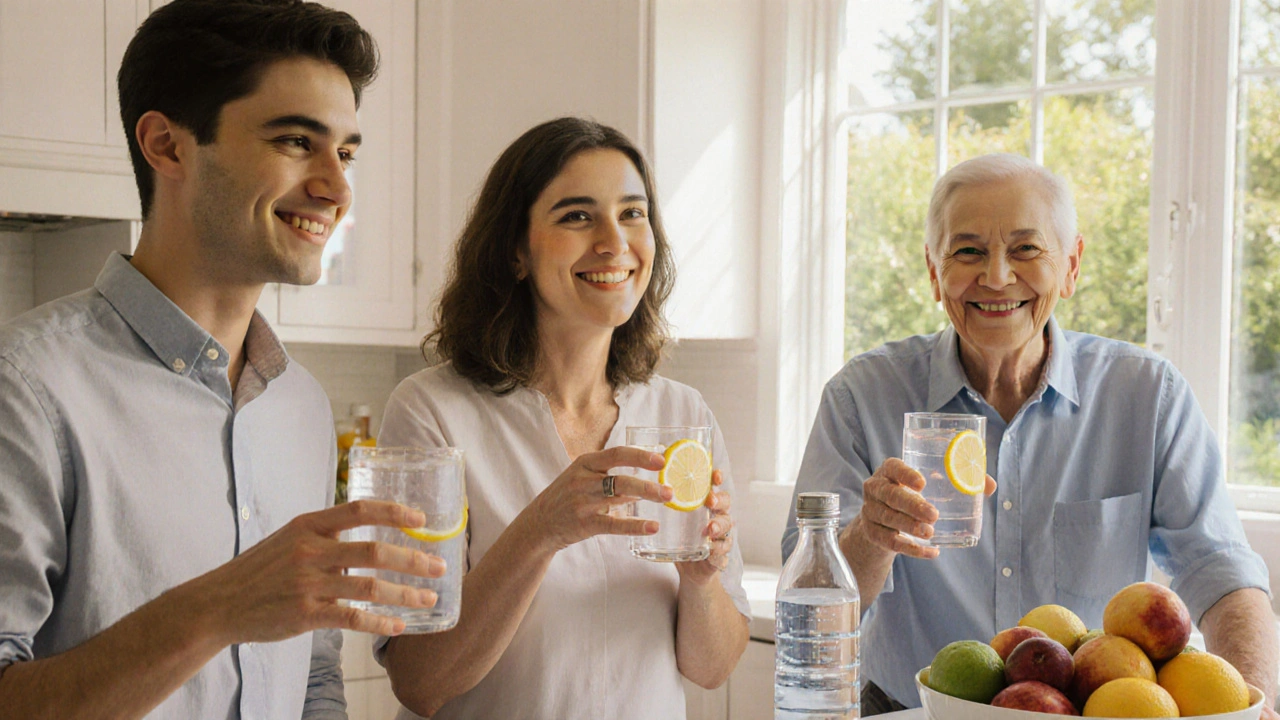Interstitial Cystitis: Symptoms, Treatments, and What Really Helps
When your bladder hurts for no clear reason, even when you’re not sick, you might be dealing with interstitial cystitis, a chronic condition causing bladder pressure, pain, and sometimes pelvic pain. Also known as painful bladder syndrome, it doesn’t come from infection, but it feels like one—constant urgency, frequent trips to the bathroom, and sharp pain that gets worse when your bladder fills. Unlike a UTI, antibiotics won’t fix it. And unlike normal bladder issues, it doesn’t go away after a few days. People with interstitial cystitis often spend years going from doctor to doctor before getting a real diagnosis.
This condition doesn’t just affect your bladder—it messes with sleep, work, sex, and even your mood. The pain can range from a dull ache to stabbing sensations, and flare-ups can show up after eating certain foods, stress, or just out of nowhere. Women are diagnosed more often, but men get it too, and it’s often missed because symptoms look like prostatitis or urinary infections. What makes it tricky is that there’s no single test. Doctors rule out other things first: infections, stones, cancer. Then they look at your symptoms, bladder diary, and sometimes a cystoscopy. The bladder wall, the tissue lining the inside of the bladder becomes inflamed and may develop tiny sores, called Hunner’s lesions, which are a key sign.
There’s no cure, but there are ways to make it manageable. Some people find relief with dietary changes—cutting out caffeine, alcohol, spicy foods, and artificial sweeteners. Others benefit from pelvic floor physical therapy, since tight muscles can make pain worse. Medications like pentosan polysulfate (Elmiron) help repair the bladder lining, while antihistamines and tricyclic antidepressants can calm nerve signals. Bladder instillations, where medicine is put directly into the bladder, are another option. And for some, nerve stimulation devices or even Botox injections help reduce urgency and pain. It’s not one-size-fits-all. What works for one person might do nothing for another, which is why so many end up trying a mix of approaches.
The posts below cover real-world strategies people use to live with this condition. You’ll find comparisons of medications like Elmiron and alternatives, tips on how diet affects flare-ups, how pelvic floor therapy helps, and what to avoid when managing chronic bladder pain. Some articles dive into how stress and hormones play a role. Others look at supplements and natural approaches that show up in patient reports. This isn’t theoretical—it’s what people are actually doing to get through their days without constant pain or bathroom anxiety. Whether you’re newly diagnosed or have been struggling for years, you’ll find something here that connects.
Discover how proper hydration influences bladder pain, learn fluid‑intake guidelines, avoid common triggers, and get actionable tips for lasting relief.
Sep, 27 2025

